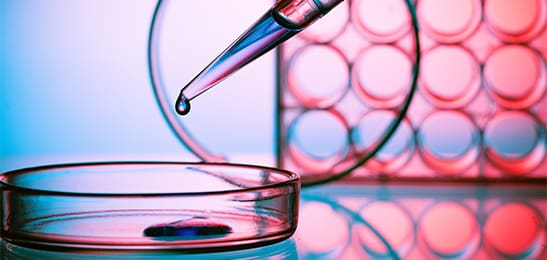
Penicillinase is an enzyme that acts on the β-lactam ring of penicillin to convert penicillin into penicillic acid, which has no antibacterial activity. A variety of penicillin-resistant bacteria can produce this enzyme, such as the penicillin-resistant strains of Staphylococcusaureus and the penicillin-resistant strains of Bacillus cereus. This enzyme is a medical enzyme suitable for the treatment of allergic reactions to penicillin in general, and can also be used as an adjunctive treatment for patients with anaphylaxis or severe penicillin allergic reactions. Bacillus cereus can be used as a production strain of this enzyme.
The amino acids that make up penicillinase are lysine, histidine, arginine, aspartic acid, threonine, tryptophan, serine, glutamic acid, proline, glycine, alanine, fethionine, methionine, isoleucine, leucine, tyrosine, and phenylalanine.
The specific activity of purified penicillinase 1 mg protein can reach unit 14*106, and the suitable pH is 6.8-7.2. Penicillinase has the following two properties:
1. Stability:
For the fermented penicillinase, the enzyme liquid can be stored at 4°C for more than 6 months according to the standard pharmacopoeia fermentation method. There is no significant difference in its activity compared with the method of adding glycerol or increasing the concentration of sodium chloride to protect the activity of the enzyme at the same time. However, if the enzyme activity of the fermentation is very high, the enzyme activity may decrease to a certain extent within the first month of storage at 4°C, and then the same storage stability can be obtained. The reason for this phenomenon may be related to the interaction between protein molecules under high activity.
2. Substrate specificity
Penicillinase has enzymatic hydrolysis ability for most monolactam antibiotics. Penicillinase produced by Bacillus cereus has a very strong hydrolysis effect on penicillin G, penicillin V, ampicillin, carbenicillin and sulfacillin. It has a slight hydrolysis effect on amoxicillin, benlicillin and vetericillin, but has no hydrolysis effect on the cephalosporin antibiotics cefotaxime, cefazolin, cefradine, cephalexin, cefuroxime and ceftazidime.
The production of penicillinase by bacteria is the main cause of bacterial resistance. Penicillinase has the properties of hydrolyzing β-lactam antibiotics and can be used for the removal of residual penicillin in the environment, the removal of residual penicillin in medical equipment, antibiotic quality inspection, the screening of new antibiotics, and the rapid quantitative determination of penicillin residues in milk.
Research on the immobilization of penicillinase and treatment of milk with excessive penicillin was carried out in foreign countries in the mid-1990s. In recent years, research on penicillinase biosensors has also been very active. Because of its low price and high sensitivity, penicillinase can replace traditional horseradish peroxidase and alkaline phosphatase in ELISA. Therefore, the measurement objects of penicillinase as the enzyme are constantly expanding, including hormones, viruses, bacteria and microbial antigens.
More at https://diagnostic-enzymes.creative-enzymes.com/native-bacillus-cereus-penicillinase-item-26.html